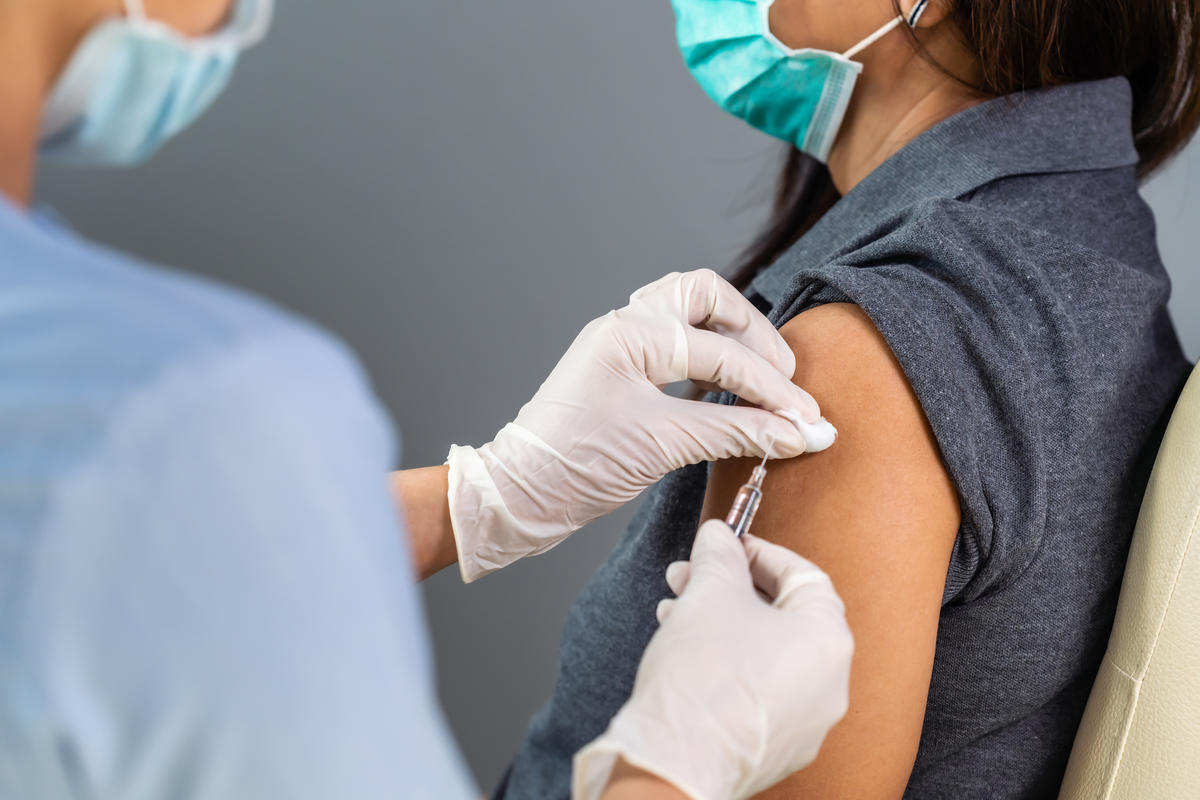Issue:
The U.S. investment in biomedical research over the past generation paid off and saved hundreds of thousands of lives. Creating the fastest vaccine in human history would not have been possible without a sustained public-private partnership in the biomedical research over the past 25 years.
CURES 2.0 looks to speed up the delivery of new – and potentially lifesaving – cures, treatments, and innovations. The legislation will also create an entirely new agency to focus on ending some of the world’s most difficult diseases – such as cancer, diabetes, ALS, and Alzheimer’s. The Advanced Research Projects Agency for Health, or ARPA-H, will be housed within the National Institutes of Health and tasked with finding new cures and treatments. The new advanced research agency for health will be modeled after the Pentagon’s Defense Advanced Research Projects Agency, or DARPA.
The legislation gets its name because it builds on the 21st Century Cures legislation that passed Congress and was signed into law in 2016. 21st Century CURES, also spearheaded by Reps Upton and DeGette, provided NIH with $4.8 billion in new funding. The funds were directed to help advance the Precision Medicine Initiative to drive research into the genetic, lifestyle and environmental variations of disease ($1.5 billion); bolster then Vice President Biden’s "Cancer Moonshot” to speed research ($1.8 billion); and invest in the BRAIN initiative to improve our understanding of diseases like Alzheimer's.
What does it mean:
21st Century CURES passed the House 392-26 and the Senate 94 – margins rarely seen with major legislation. The outcome was the result of several years of stakeholder engagement and feedback along with genuine bipartisan partnership. Reps Upton and DeGette are applying that same model to CURES 2.0. In fact, they have been working on the follow-on legislation for several years before they introduced the legislative text on November 16th. In addition to creating ARPA-H, CURES 2.0 seeks to:
- Transform how Medicare covers innovative new treatments and technologies to make those new discoveries available to patients sooner. Increase access to telehealth services for Medicare and Medicaid patients, including those covered under the Children’s Health Insurance Program, known as CHIP, to ensure more Americans are getting the help they need, when they need it.
- Provide training and educational programs for at-home caregivers – including family members with no prior health care experience – to help them better care for loved ones when they are home.
- Require more diversity in clinical trials to ensure any new drugs and treatments approved for use in the U.S. are both safe and effective for a greater – and more representative – portion of the population.
- Provide patients with more information about the illness they face and the treatment options available to them to make them a more integral part of the decision-making process.
- Releasing legislative text is a crucial step in the process – but it is only a step. From here, Energy and Commerce will need to hold multiple hearings. Changes to the bill will be proposed – some agreed to, and others left behind
Additionally, they must find Senate champions before moving on to the next steps. The legislative process, overall, could take some time. However, it is encouraging to see two leaders seizing the opportunity to build on positive lessons learned and pushing Congress to move on to the next phase of the effort to find more cures and treatments for diseases.
Why it matters:
Both 21st Century CURES and CURES 2.0 build upon a generation of sustained bipartisan investment in bio medical research – and a public-private partnership to find cures and treatments for diseases.
About 25 years ago Congress decided to make a major push on bio medical research. The Republican Congress worked with President Bill Clinton to double the size of the National Institute of Health. During the administration of George W Bush, Congress made yet another major investment in NIH – with strong bipartisan support.
And then came Fred Upton and Dianne DeGette and their bipartisan leadership on the 21st Century CURES Act. The purpose was to translate the scientific advancements into new FDA-approved treatments. 21st Century Cures advanced new therapies for patients by:
- Modernizing clinical trials and how safety and efficacy data is accumulated and analyzed.
- Putting patients at the heart of the regulatory review process.
- Streamlining regulations and more clarity and consistency for innovators developing health.
- Incentivizing the development of drugs for pediatric diseases and medical countermeasures.
- Empowering the FDA to utilize flexible approaches in reviewing medical devices that represent breakthrough technologies.
Both 21st Century CURES and CURES 2.0 build upon a generation of sustained bipartisan investment in bio medical research – and a public-private partnership to find cures and treatments for diseases.

